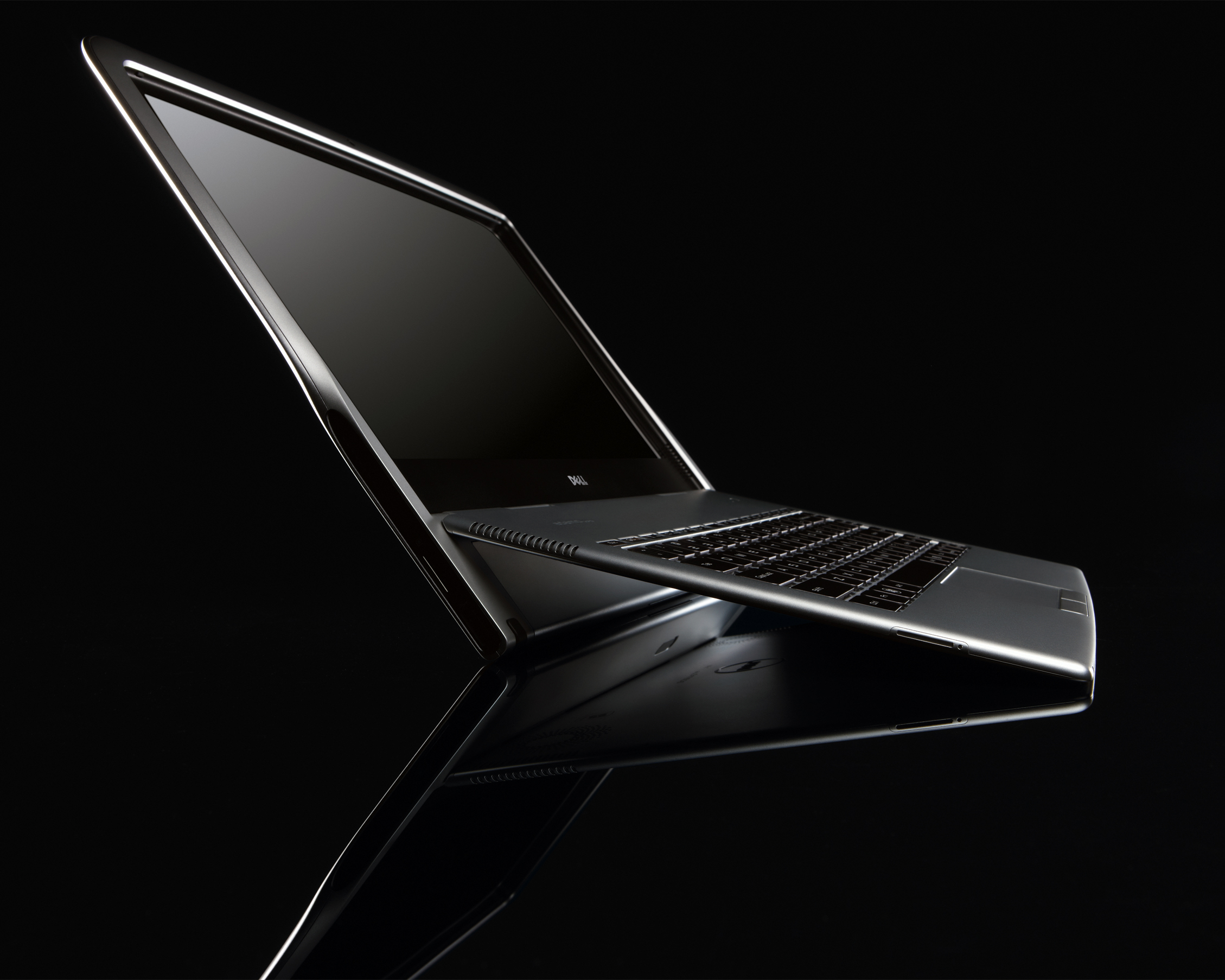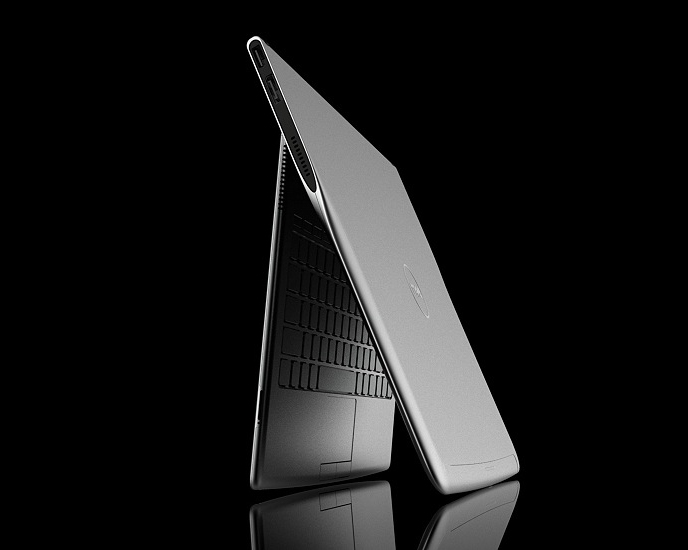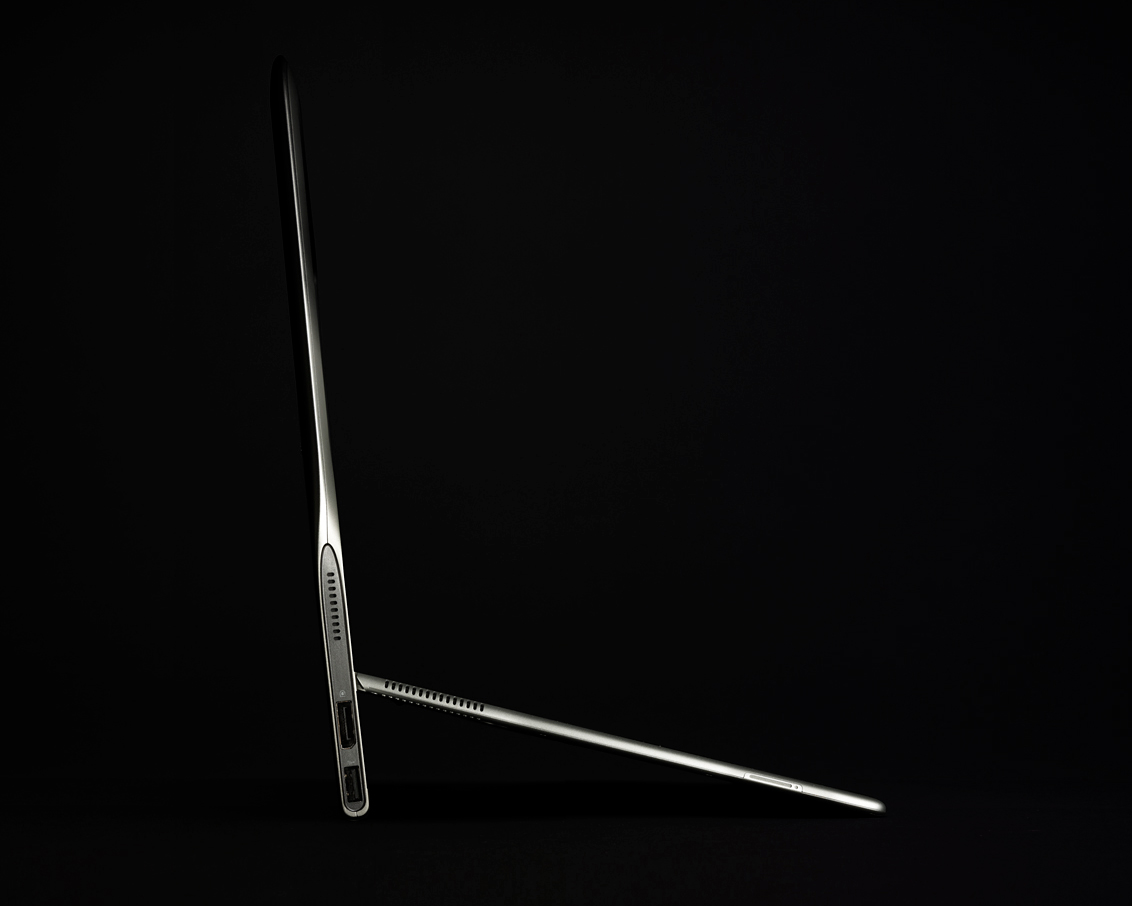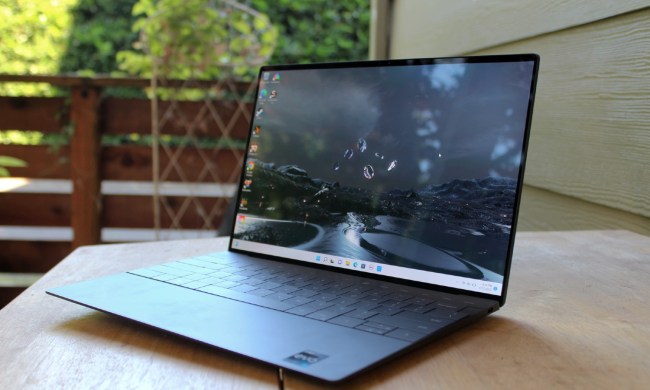Dell.
What does that name make you think of? Your answer is likely beige boxes, affordable laptops, or — if you’re a child of the ‘90s — the infamous ‘Dude, you’re getting a Dell!’ guy. Despite his best efforts, Dell spent most of its life as the very definition of dull. The company’s computers were affordable, practical, reliable, but never exciting.
Not anymore. Dell’s XPS 13, our favorite laptop three years running, has redefined what people expect from a premium Windows-powered notebook – and its 2015 release was just the beginning. The company has since unleashed salvo after salvo of cutting-edge products across both its Dell and Alienware brands.
Change like that doesn’t happen overnight – but, as we found out, it can be spurred by just a few talented people with ambitious ideas.
The Birth of the Adamo
XPS (Xtreme Performance System) is not a new brand for Dell. It’s been around for over fifteen years, a carry-over from a simpler time in computers and technology. We all remember those days, right? Gateway controlled the market on high-end consumer PCs, Windows 95 reigned supreme, and Apple was known only as a desktop computer company.
In many ways, Dell’s feet are still firmly planted in that world. It’s a massive corporation that still makes a large chunk of its revenue selling computers to corporations in bulk. Yet something was in the water in the late 2000s. While the MacBook Air was developed in Cupertino, Dell was attempting to pioneer its own radical new direction for the future of computing.
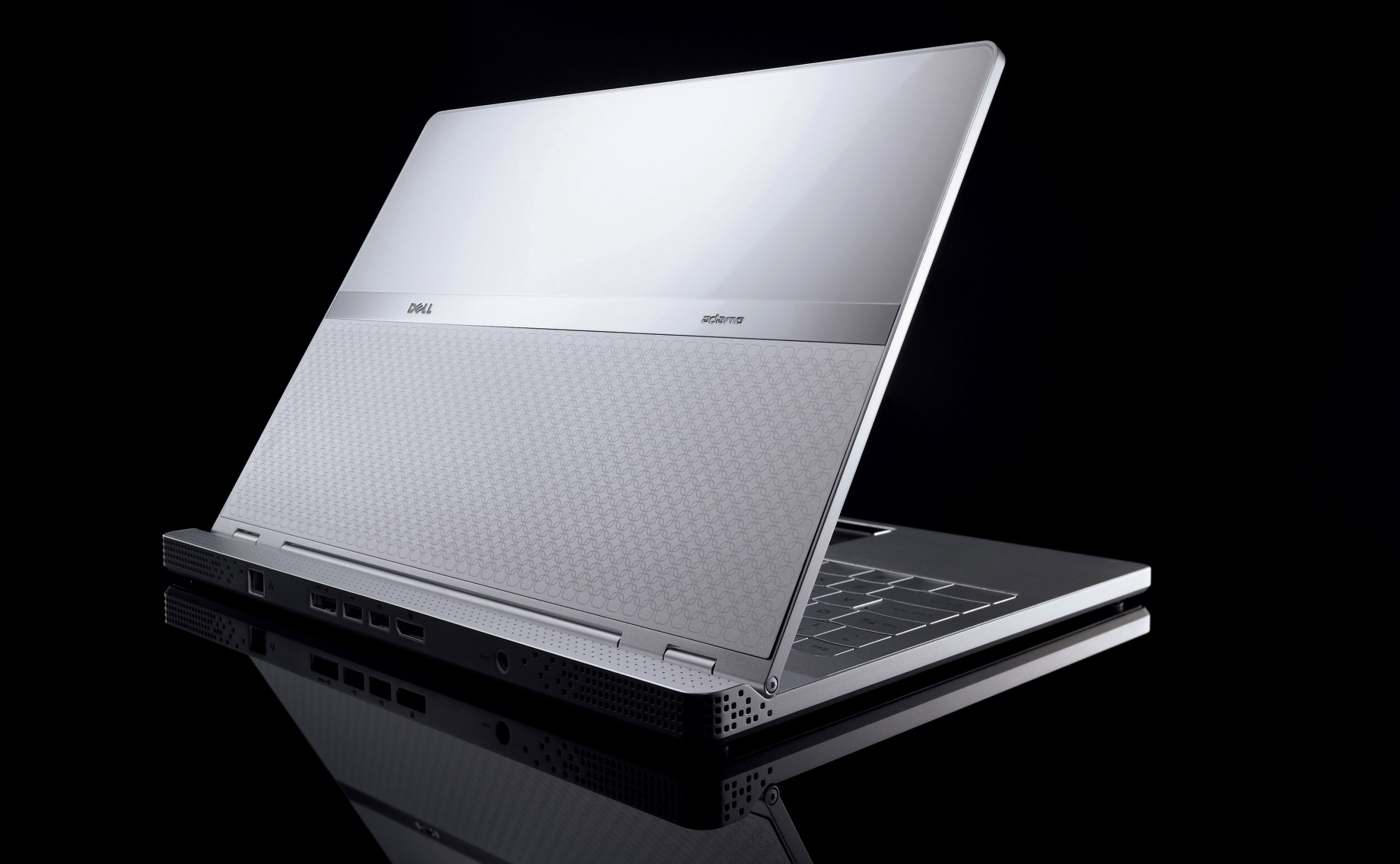
It was called Adamo — a quiet, short-lived experiment within the walls of Dell that would pave the way to a very different future for the conservative computer manufacturer. It was built by a small team, created as if out of thin air, and disbanded within two years – but the groundwork it laid within the walls of Dell would change it forever.
“It was what we called a dark program,” XPS Lead Marketer Donnie Oliphant told Digital Trends. “It was a ‘need-to-know’ basis. It was literally like three guys in a room upstairs that had a lock on it. If we’d had more exposure to the rest of the business, it never would have made it out the door. We let the rest of the company in on it about six months before we shipped it.”
Dell was attempting to pioneer its own radical new direction for the future of computing.
Oliphant was moved over from the Latitude business at Dell, and he’s the longest-standing Dell employee in key roles on the current XPS team. He was joined by another important figure: Nicolas Denhez. You may not have heard the name before, but the French designer is responsible for some of the most celebrated modern technology concepts such as the Xbox One S and X, HoloLens, and the Microsoft Courier project. Before he moved over to Microsoft, he worked on multiple laptops in the Adamo line laptops, all of them futuristic, risk-taking, and doomed.
“The mechanical carcass cost on that was $570,” says Oliphant, pointing to the solid chunk of aluminum in an Adamo laptop’s chassis. “They were ridiculously expensive, and that wasn’t because of the material choices. It was because of our ineptitude with regards to design.”
The Adamo line produced two products its short life, the Adamo 13, and the Adamo XPS. They’re among the strangest PCs ever released commercially. Launching within six months of each other, they featured an all-aluminum body, and hefty pricetags to match. The Adamo 13 was $2,000 for the lower-priced model, and $2,700 for the higher-end model. But from a design aesthetic perspective, the Adamo 13 was far ahead of its time, even compared to something like the MacBook Air.
“It was basically myself and [Denhez] that sat upstairs and built ID models on what we wanted it to look like. And then we took it to engineering and said, ‘put a computer in this.’ Typically, it’s the other way around. Typically, we do a design — architecture, features — and then we wrap a skin around it. This was done the opposite. If you think about it from today’s design philosophies, they were done ass-backwards.”
The Adamo XPS had a very different design story, though it was even more experimental in its conception. Dell completely out-sourced the design and development of the product, hoping to save a few bucks along the way.
“We used an outside design house — so, non-Dell employees. The idea was that we could offshore the development,” he says. “The thought process was that was going to be cheaper, but it just turned into a major headache — and we still had to finish it for them. There was a little bit of animosity toward that second system. But it was cool, because it was sub-10mm.”

In fact, the Adamo XPS was declared the thinnest laptop in the world when it was launched at CES of 2009. At just 0.4 inches thick, it’s tiny even by today’s standards. Oliphant would be the first to admit that ultra-thin designs come with its own flaws and compromises, but the desire to create bold, sleek products would live on in future XPS products.
“When I inherited XPS in 2010, and we took the products that were going to be the next-generation Adamo and we put those on the XPS roadmap,” said Oliphant. “The first XPS 13, codenamed Spider, launched in early 2012. That really should have been an Adamo product if we had kept [Adamo] alive.”
Going from Adamo to Dino
In 2006, Dell purchased Alienware, a popular gaming PC manufacturer based in Miami, Florida. The acquisition made great business sense, giving Dell access to a new market for high-end gaming rigs. Yet Alienware was a very different company than Dell. It was scrappy, down-to-earth, and completely consumer-focused. That ethos was about to get injected into the company in a big way.

The face of Alienware today is Frank Azor, who might be the most casual and earnest tech executive you’ll ever meet. He’s the kind of guy that’ll tease his employees for wearing a suit to a meeting and can just as easily talk about the internal components of a laptop or the latest gaming trends. While Azor and his team brought a casual attitude to Dell, for him, a corporate culture of risk-taking is what made the XPS 13 possible.
“You have to have a culture that is willing to innovate,” Azor told me. “You can’t have ID with these crazy fucking ideas that are far out there, and then have a product planning team that say ‘I like some of them, but those are too expensive, or ‘my engineering team will never let us do that.’”
Azor started working at Alienware when he was just sixteen years ago, as one of just four other employees. Now, he’s the manager of both Alienware and XPS lines at Dell — and he’s determined to transform Dell’s stuffy culture from within.
“We’re an aircraft carrier,” he says. “To make a turn, it takes a long time. You need to start gaining momentum, and then you’ll start making the turn. I would say we’re in the momentum phase right now. This stuff is leading the company’s image — it’s leading the kind of culture we want to be. It’s all stemmed from the type of stuff we’ve done on XPS.”
Within just a few years, the influence of the XPS 13’s design has reached just about every screen we look at.
Compared to the Adamo products, the XPS 13 might not look that strange, but it took significant risks. Starting the trend of thinning out bezels, the XPS 13 dared to move the webcam below the screen. The result when using the webcam was (and still is) odd, shooting right up your nose, and giving you a double chin. The team received its fair share of criticism for it, but the XPS team has stuck to its guns rather than caving in on the decision.
“When everybody’s like ‘we’re bought in, we’re going to be a culture of innovation, we’re gonna take risks, we’re gonna augment the engineering process to help solve for those defects and risks,’” he says. “But we’re going to go into this together with risk — a higher risk than we would if we built a “me-too” product — then you can make amazing things happen. If that hadn’t happened, we probably wouldn’t be where we are right now.”
The legacy of XPS
Design trends come and go, but they always start with a trendsetter. The 2015 version of the XPS 13 was such a device. Manufacturers of televisions, monitors, smartphones, and laptops have all been on a mission to remove bezels — and that was set in motion by the XPS 13. On the smartphone front, you need only to look to the iPhone X or Galaxy S8 in your pocket. In laptops, look at the MateBook X Pro, which takes the bezel-less approach to the next level.
Dell’s XPS devices even make the MacBook Pro look a little outdated. According to Oliphant, that was always the goal, and the XPS 13 proved it was possible for PC manufacturers.
“Apple was very successful during that decade,” he said, speaking of the late 2000s. “Before 2015, most ultra-notebooks were just deemed MacBook Air-knockoffs or wannabes. What we saw shift with the introduction of Dino, our XPS 13 in 2015, was we started winning some of those head-to-head comparisons. We were actually delivering products with things that Apple didn’t have.”
Like any success, the XPS laptops didn’t spring out of nowhere. It was forged in a fire of bad experiments, lost profits, and finger-crossing moments. Yet Dell stuck with it, because the people behind the XPS 13 believed in the quality of what they’d built. Instead of retreating, they improved, tweaked, and revised. The result was a laptop that impressed critics and changed the company that built it.
“We’ve had to create a subculture for XPS. And from a consumer perspective, we’re trying to change the perception of customers or potential customers of Dell,” Azor said. “That’s what XPS is here for.”
